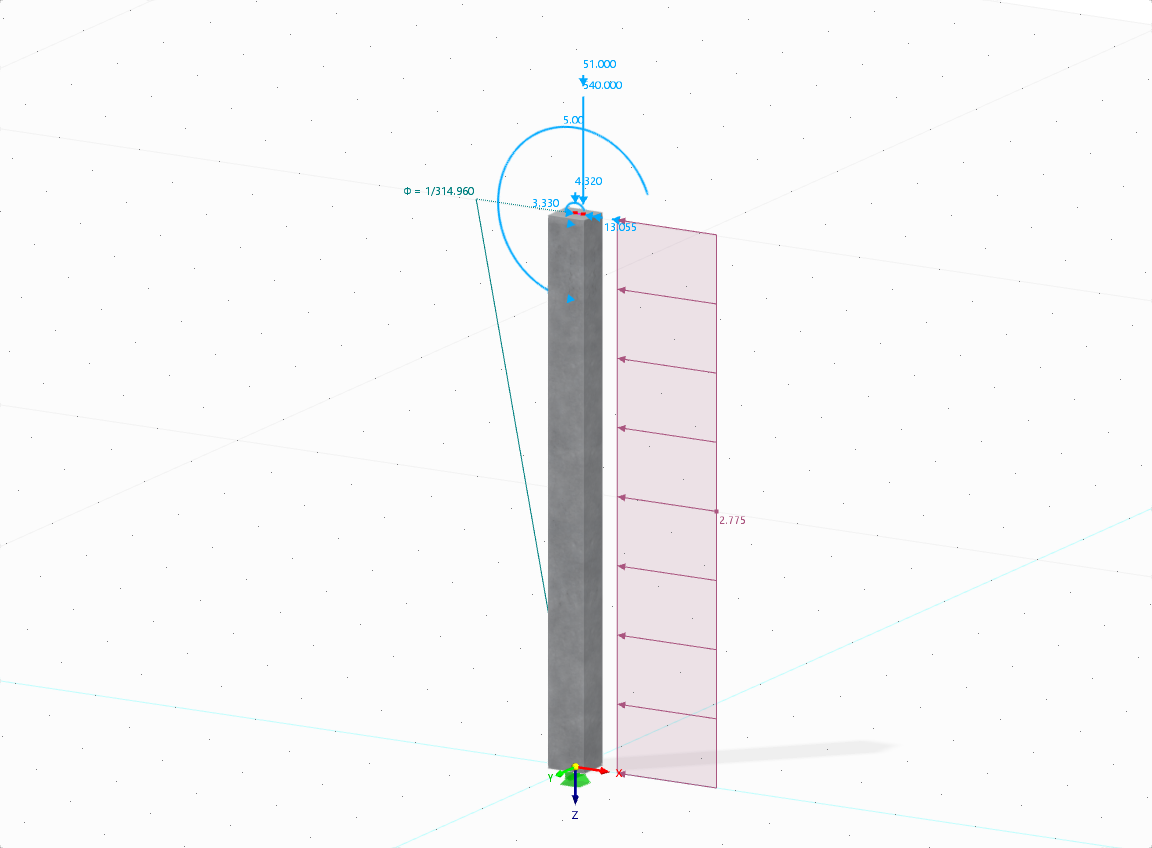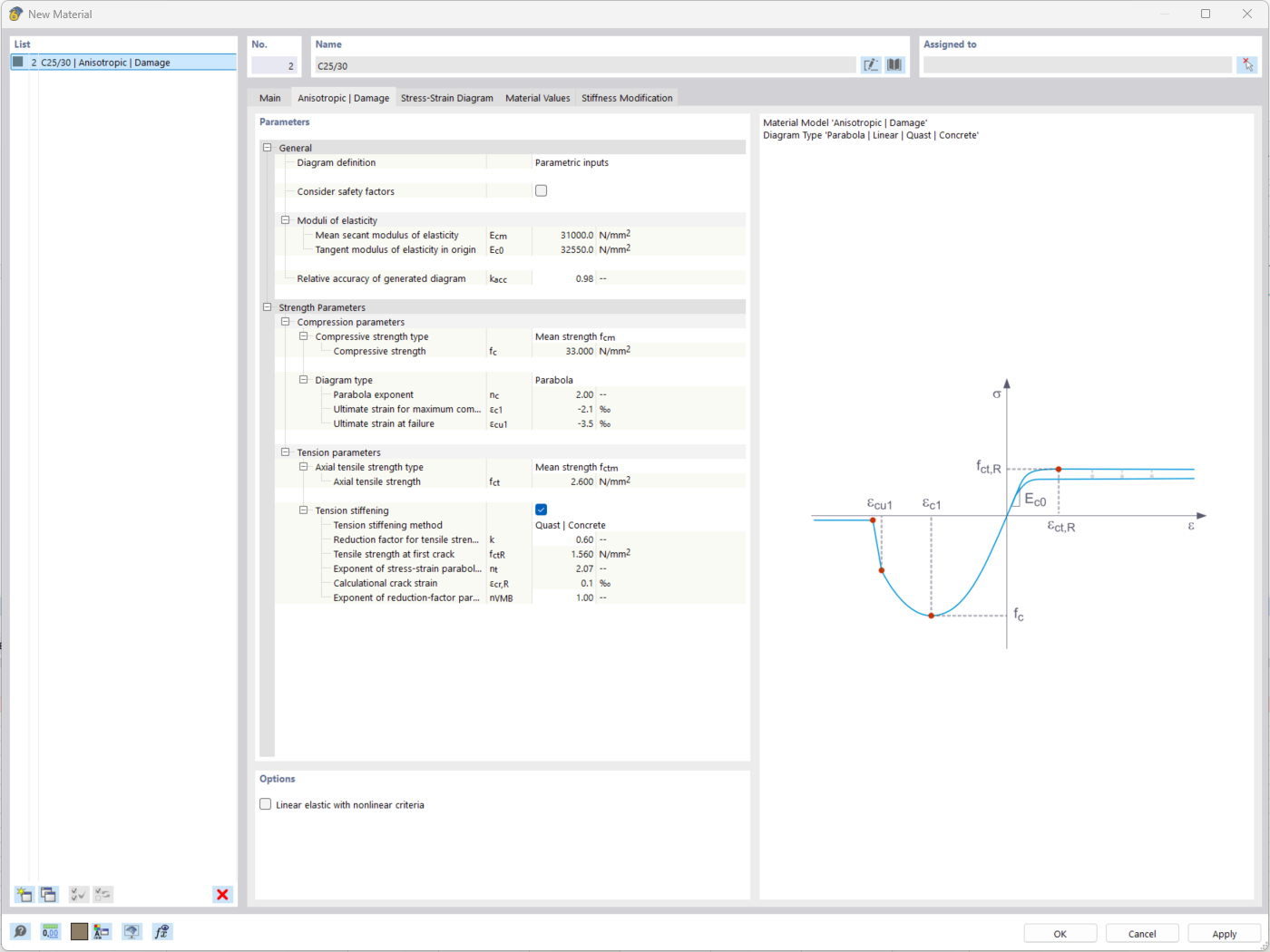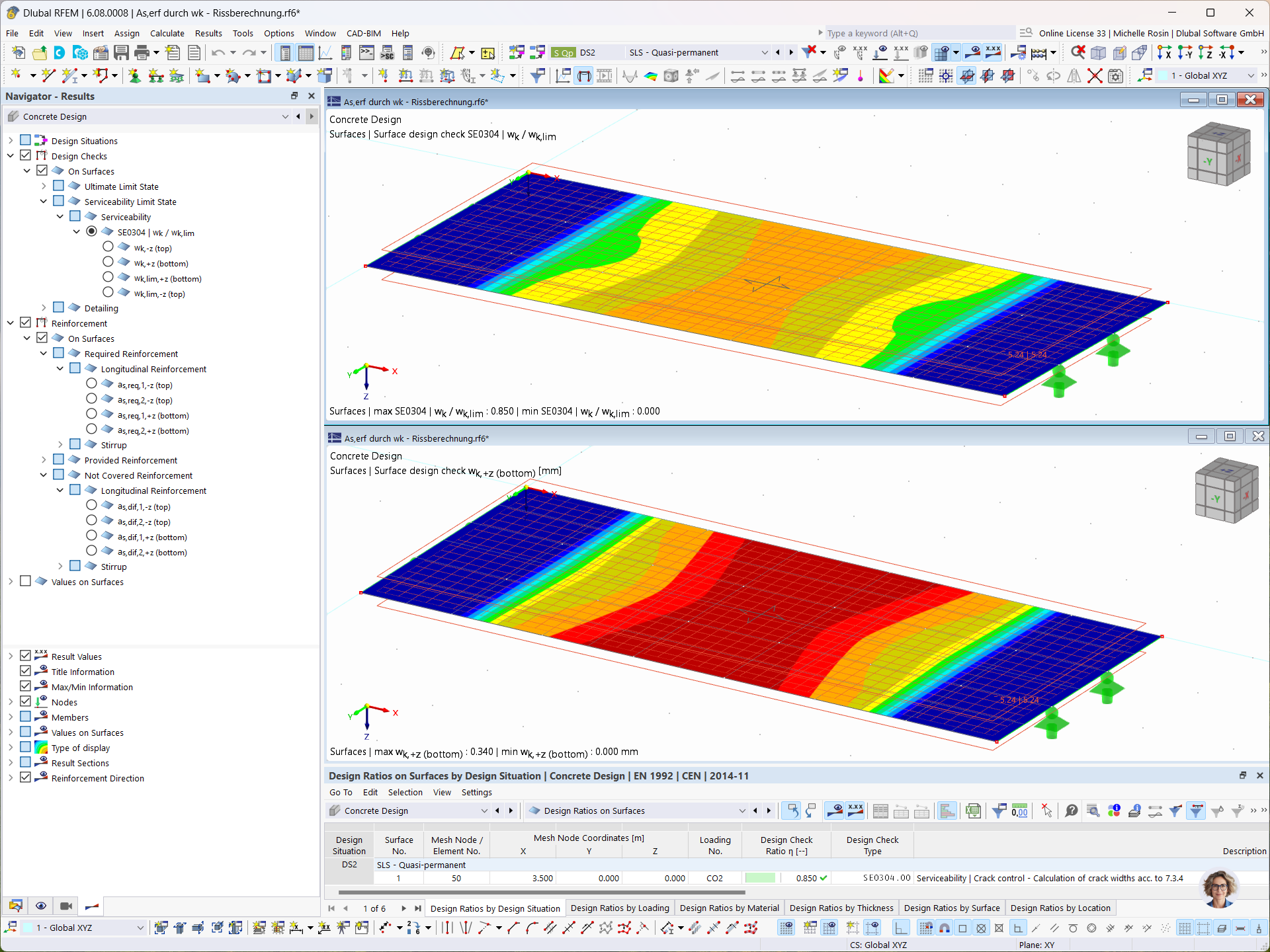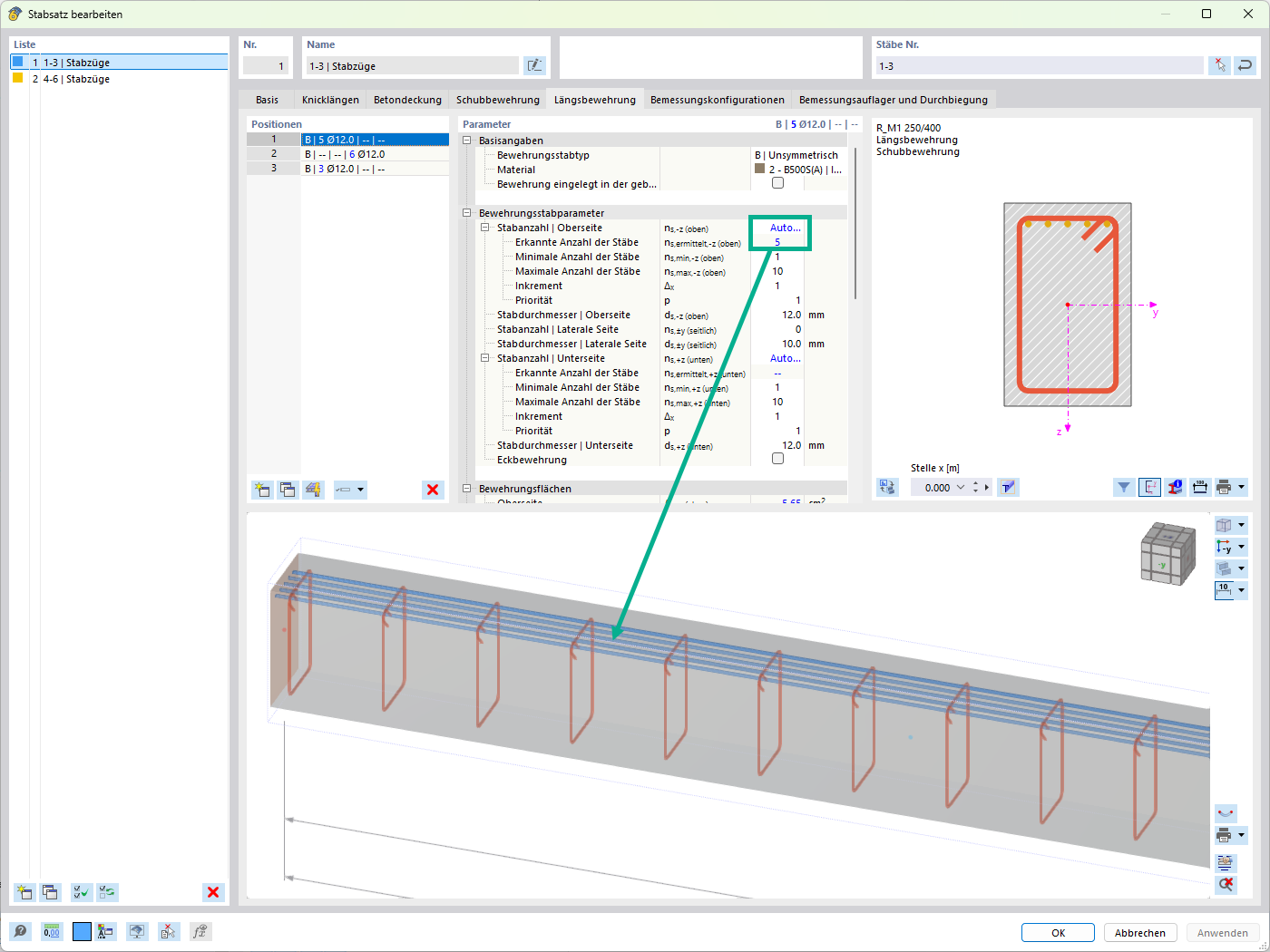Introduction
Wooden transport boxes are often used to transport machines or individual components. The spectrum of wooden packaging ranges from simple racks for transporting delicate car body components to an entire heavy goods crate.
The German Federal Association for wooden packaging, pallets, and export packaging (Bundesverband Holzpackmittel, Paletten, Exportverpackung e. V.; HPE for short) has drawn up a guideline for calculating heavy goods packaging, which can be purchased by clicking the following link.
https://www.hpe-standard.com/hpe-certified-custom-packaging--verpackungsrichtlinie.htmlLoad Positions
The following load cases are analyzed for heavy cargo boxes.
- Crane Handling
- Transport by Truck
- Maritime Transport
Regulations
The guideline specifies, among other things, the materials and design standards to be used.
- Design of structural timber components according to DIN EN 1995-1-1
- Design of structural steel components according to DIN EN 1993-1-1
- C24 strength class for softwood according to EN 338
- Weight of packaged goods (20,000 kg given in this article)
- Attachment points for belts
Example
As already mentioned, this article describes the calculation of a heavy cargo box. The box is subdivided into:
- Box bottom consisting of longitudinal skids, transverse skids, end beams, and bottom boards. The end beams are connected by M16 bolts.
- Box walls consisting of lid stringers (uprights), which are connected to a plywood formwork by profiled nails.
- Box lids consisting of top woods, which are also connected to a plywood formwork with combed nails.
- Steel edge protectors are attached to the top and bottom of the box formwork in pairs at the belt deflection points.
Dimensions:
- Length 6.44 m
- Width 2.64 m
- Height 2.94 m
The compliance from the nails is applied at 5,700.8 kN/m² in ux and uy in the line hinges.
Cross-Sections:
- Crossbars and posts – 16/18 cm
- Longitudinal bars and skids – 14/20 cm
- OSB cladding d = 18 mm
In the lid of the box, the OSB panels have no stiffening function; this is why they are modeled with the "Load Transfer" surface type in that location.
Load Cases and Combinations
As mentioned, only three load cases in three combinations are analyzed. Thus, the combinatorics is relatively simple.
- 1.35*LC1 heavy cargo of 20,000 kg, distributed on four load application points
- 1.7 *LC2 crane handling of 10 kN/m² on lid
- 1.35*LC3 truck transport of 18 kN/m² on lid
There is something special about load combination 2. The container is held by the upper cables only. Here, the supports are deactivated by means of stiffness modifications. In load combinations 1 and 3, however, the cables are deactivated.
Results
The design of the timber and steel members is performed directly in the respective design add-ons. In the model file below this article, you can find the design checks included in the printout report.
The still-missing design of the fasteners can be done directly with the axial forces in the line hinges (see following image).
Conclusion
The design according to the German HPE guideline can be carried out easily in RFEM. In case of frequent design checks of this type, it is useful to parameterize the models and to save them in the Block Manager.



































.png?mw=512&hash=4a84cbc5b1eacf1afb4217e8e43c5cb50ed8d827)













_1.jpg?mw=350&hash=ab2086621f4e50c8c8fb8f3c211a22bc246e0552)


-querkraft-hertha-hurnaus.jpg?mw=350&hash=3306957537863c7a7dc17160e2ced5806b35a7fb)


